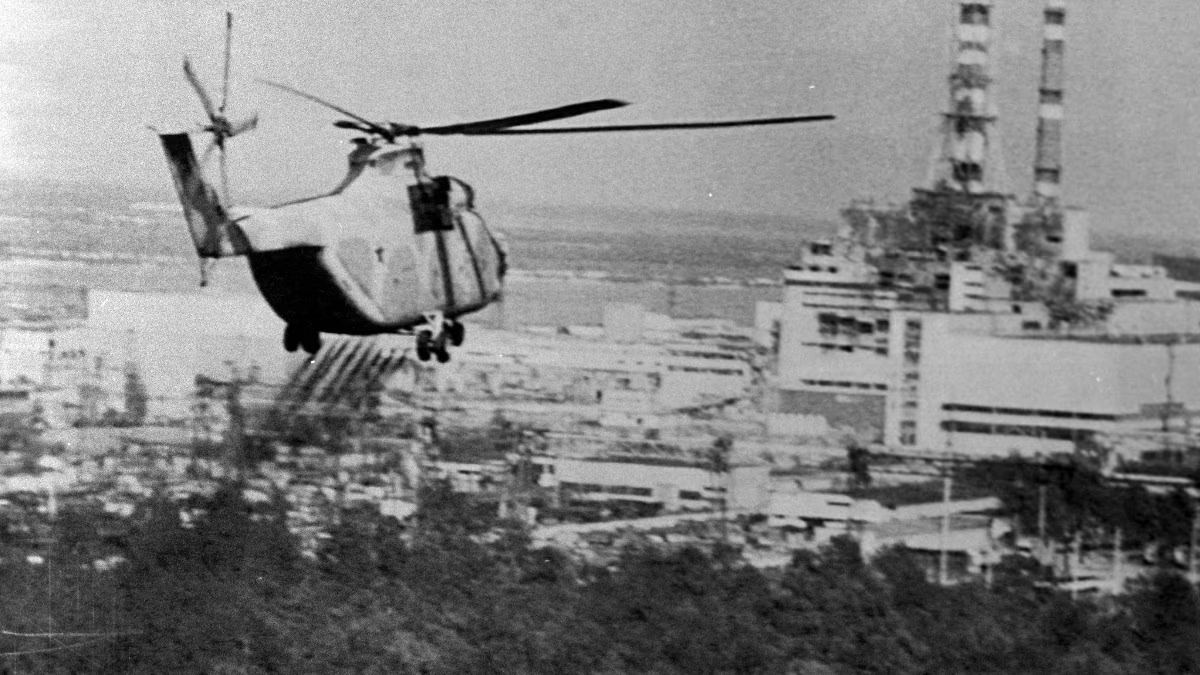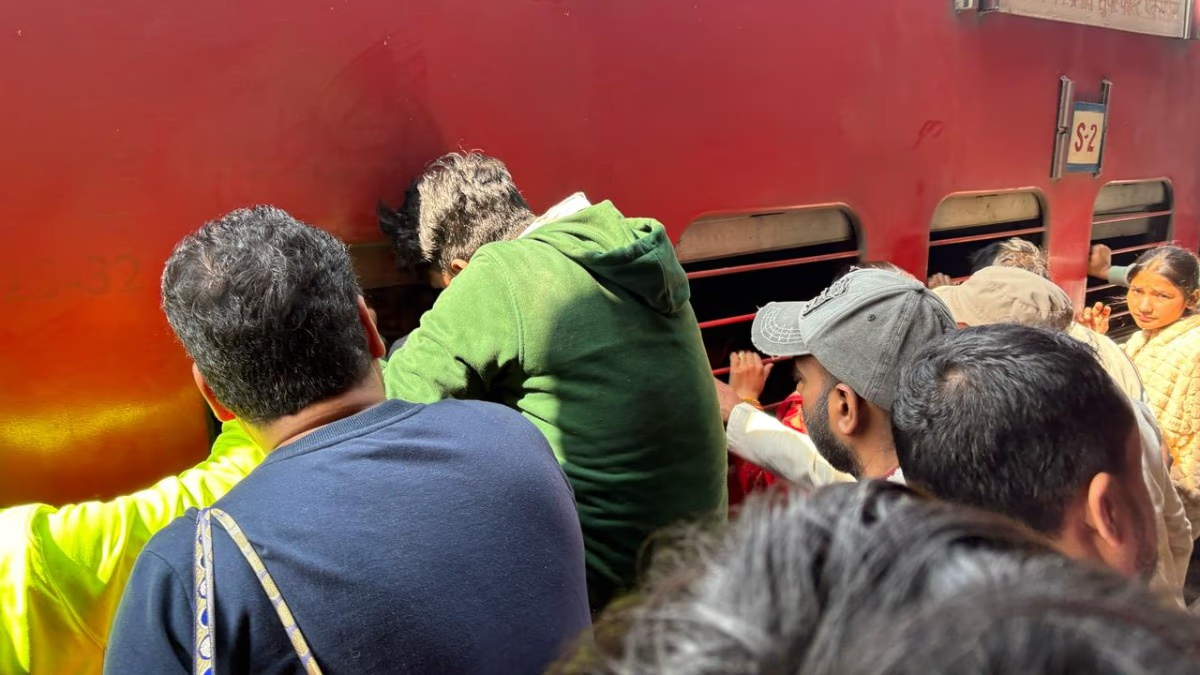Ukraine has accused Russia of attacking the Chernobyl nuclear plant. This claim has once again shaken the world, as Chernobyl is synonymous with a historical disaster that instills fear just at the thought. Amidst Zelensky's claims, the world is haunted by the fear that history might repeat itself, reminiscent of the tragedy that struck the Chernobyl nuclear plant 39 years ago.
The Chernobyl disaster is considered the most catastrophic nuclear accident in history. An explosion occurred at the Chernobyl nuclear power station on the morning of April 26, 1986, followed by dire consequences. Situated near the border of Ukraine and Belarus, let's delve into its history.
A safety test was conducted at the Chernobyl nuclear power station on April 26, 1986. It was considered routine enough that the plant director didn’t deem it necessary to attend. However, the test soon spiraled out of control due to unexpected power and steam build-up, leading to several explosions that blew the nuclear reactor apart. It's deemed the largest nuclear disaster in recorded history.
The Chernobyl catastrophe, recognized as the worst nuclear disaster, resulted in the immediate death of 31 people, including 28 workers and firefighters who succumbed to intense radiation during the cleanup. Experts believe thousands suffered premature deaths due to cancer caused by this event. Radiation continued to spread unchecked for years.
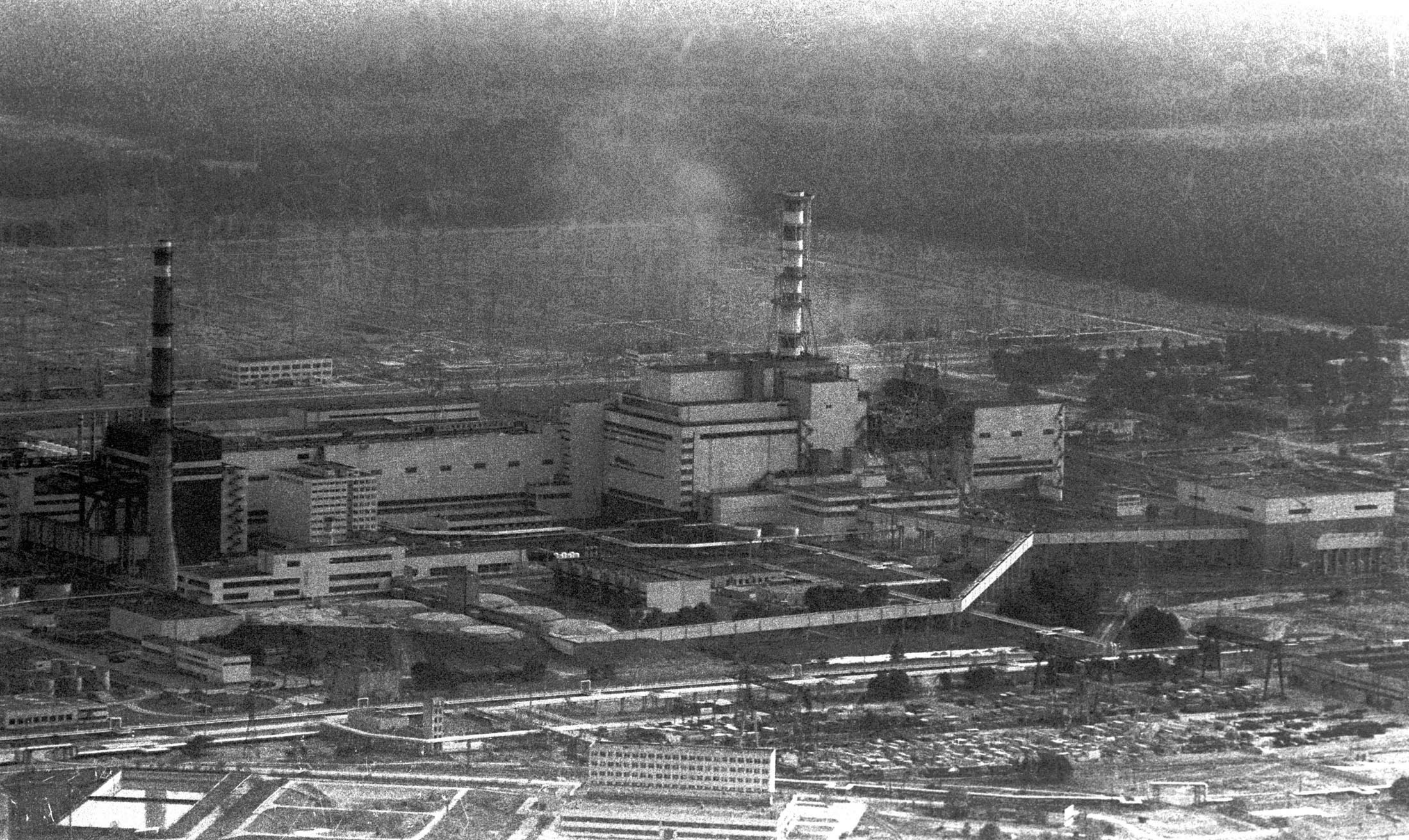
Source: aajtak
On September 26, 1977, the Chernobyl nuclear power station, located approximately 65 miles north of Kyiv (then part of the Soviet Union), began supplying electricity to the grid. By then, four 1,000-megawatt reactors were operational at the Chernobyl site, with two more under construction.
On April 25, 1986, Chernobyl operators began reducing power in reactor number 4 to prepare for a safety test. This was timed to coincide with a routine maintenance shutdown. The test aimed to determine whether, in the event of a power failure, the plant's still-spinning turbines could generate enough power to operate coolant pumps during the short interval before backup generators kick in.
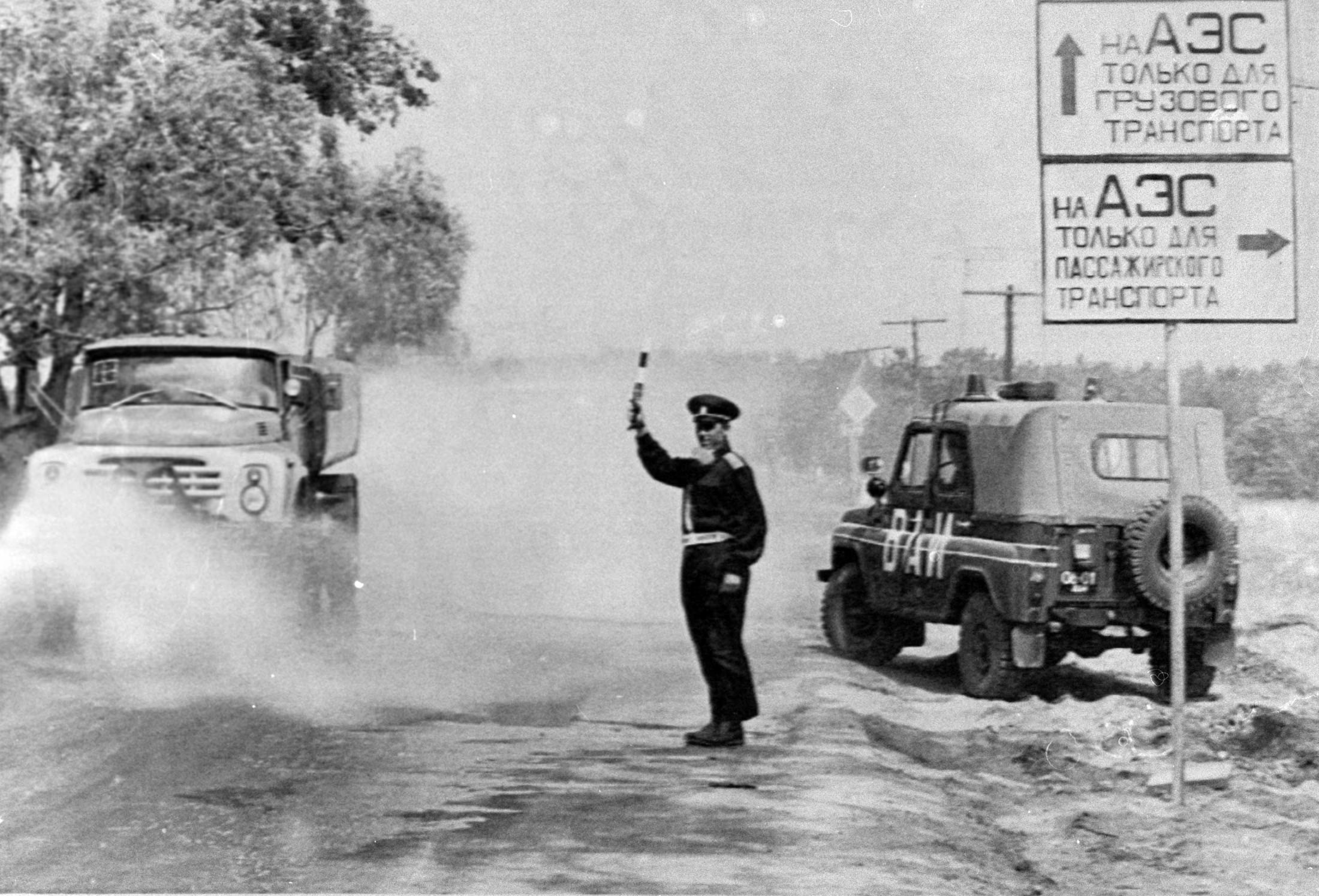
Source: aajtak
Ironically, this very safety test led to the reactor's destruction. On this day, the emergency core cooling system of reactor number 4 was shut down to prevent interference with the test, although this alone would not have caused the accident. Around this time, the test and shutdown were temporarily delayed to meet regional power demands.
Operators were eventually allowed to continue with the test and shutdown. By this point, less experienced night-shift staff were on duty, reportedly without proper instructions on how to conduct the test. On April 26, 1986, reactor power levels dropped far below stable operating conditions. Operators violated plant safety guidelines by withdrawing most control rods to boost power levels, yet struggled to regain control.
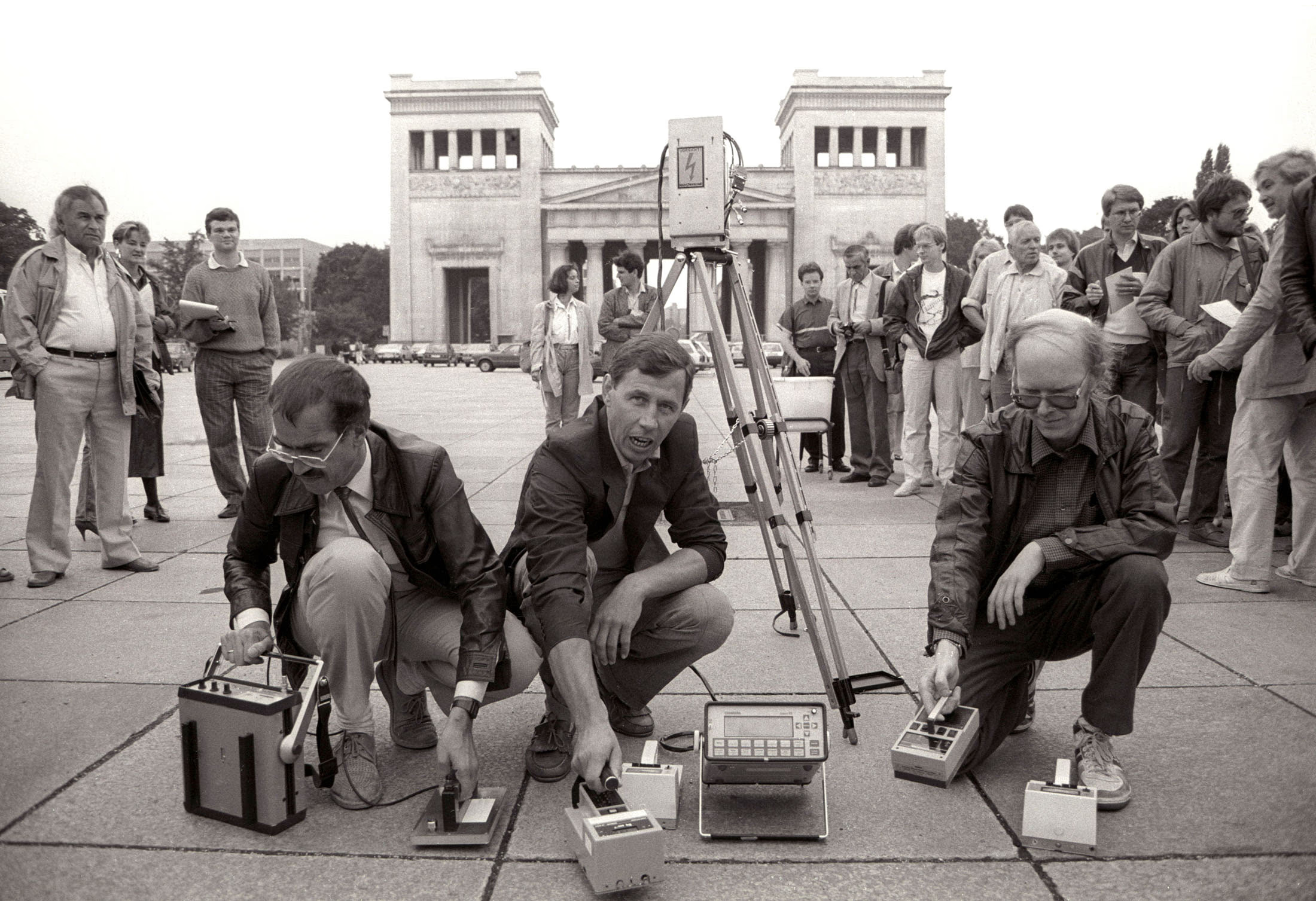
Source: aajtak
Power supply stabilized unexpectedly, prompting the test supervisor to order the continuation of the test. Automatic emergency shutdown systems and other safety features were later disabled. As the test commenced, power surged unexpectedly. When an operator pressed the emergency shutdown button, the control rods jammed halfway into the core.
The first explosion occurred, followed rapidly by at least one more. This resulted in the reactor building's 1,000-ton roof being blown apart. In the dead of night, a fiery blaze erupted, releasing radiation into the atmosphere.
Power in the plant went out. The interior was filled with dust and graphite debris, and radiation started escaping. Walls and equipment collapsed, sparking multiple fires, including on the adjacent reactor. Subsequently, Soviet officials convened an emergency meeting, sealing the Chernobyl area from entry and exit.
